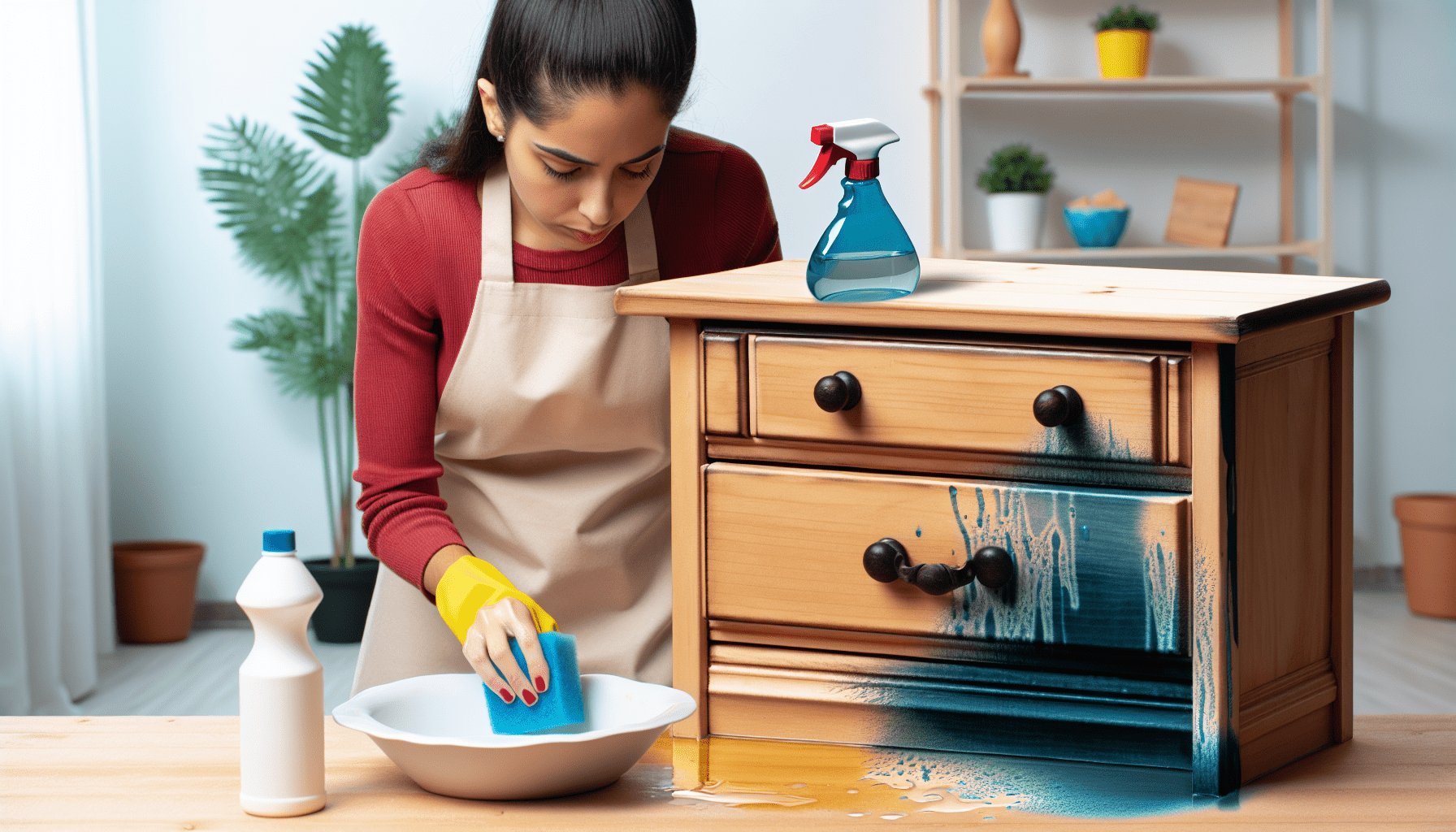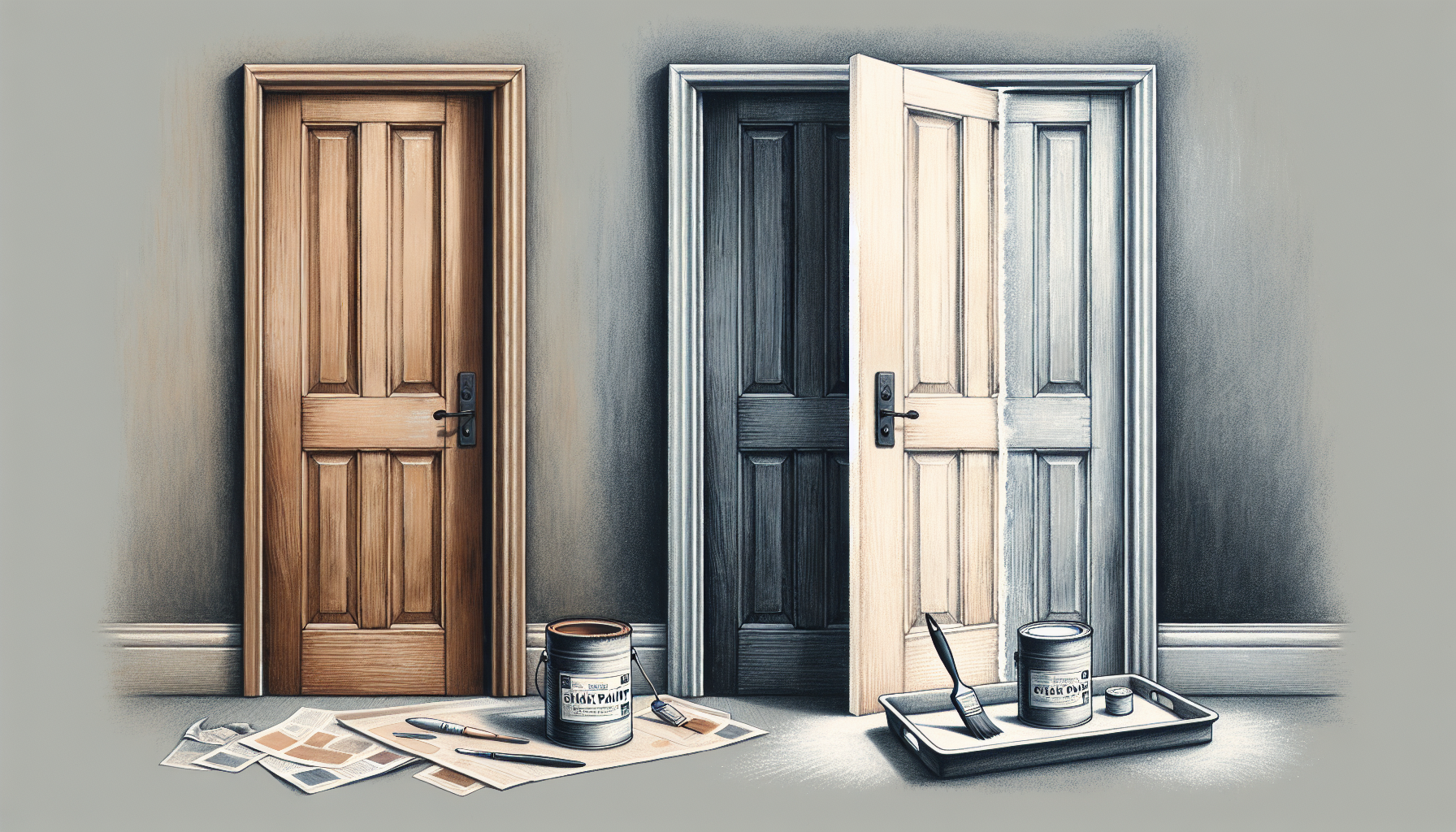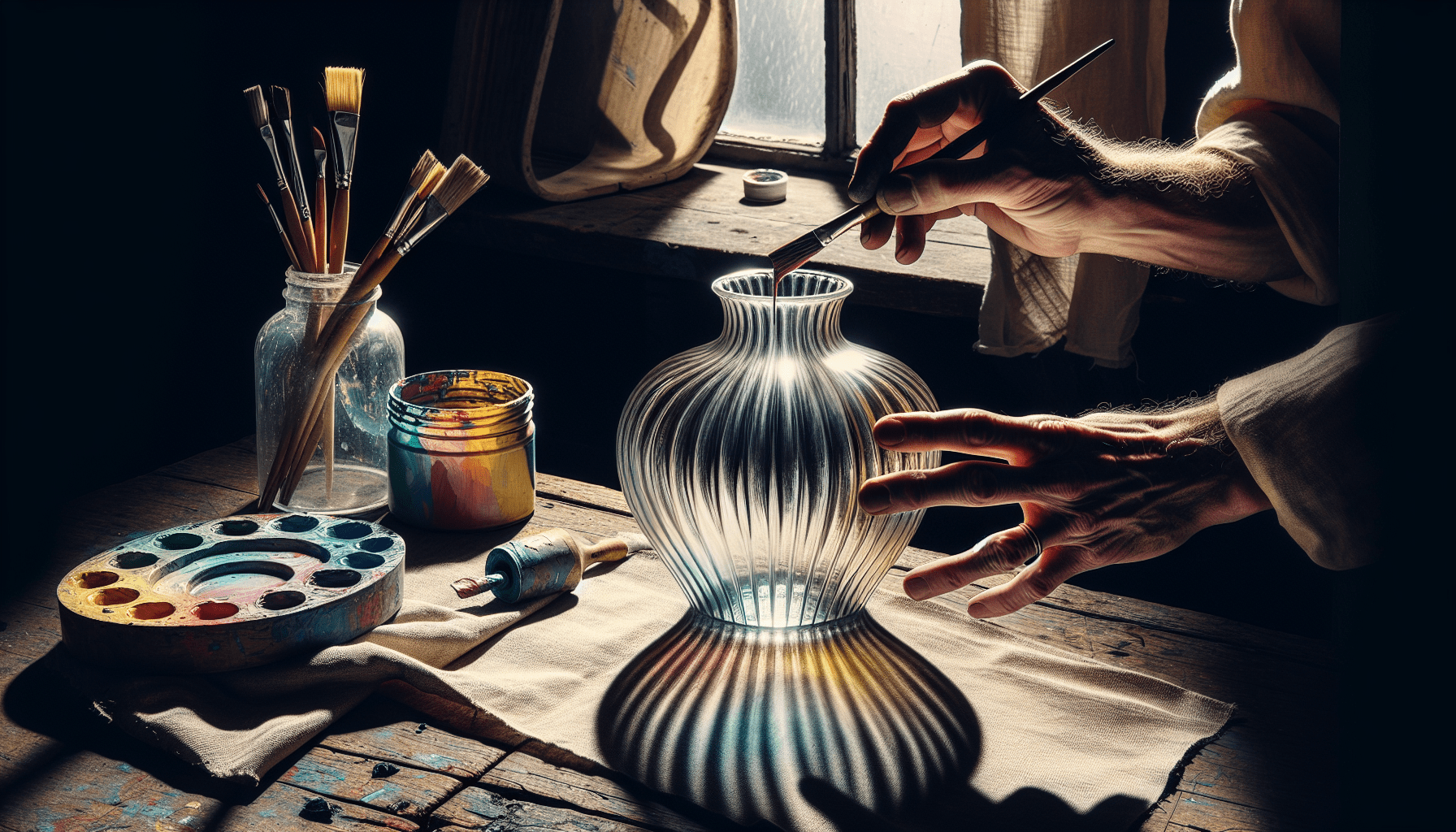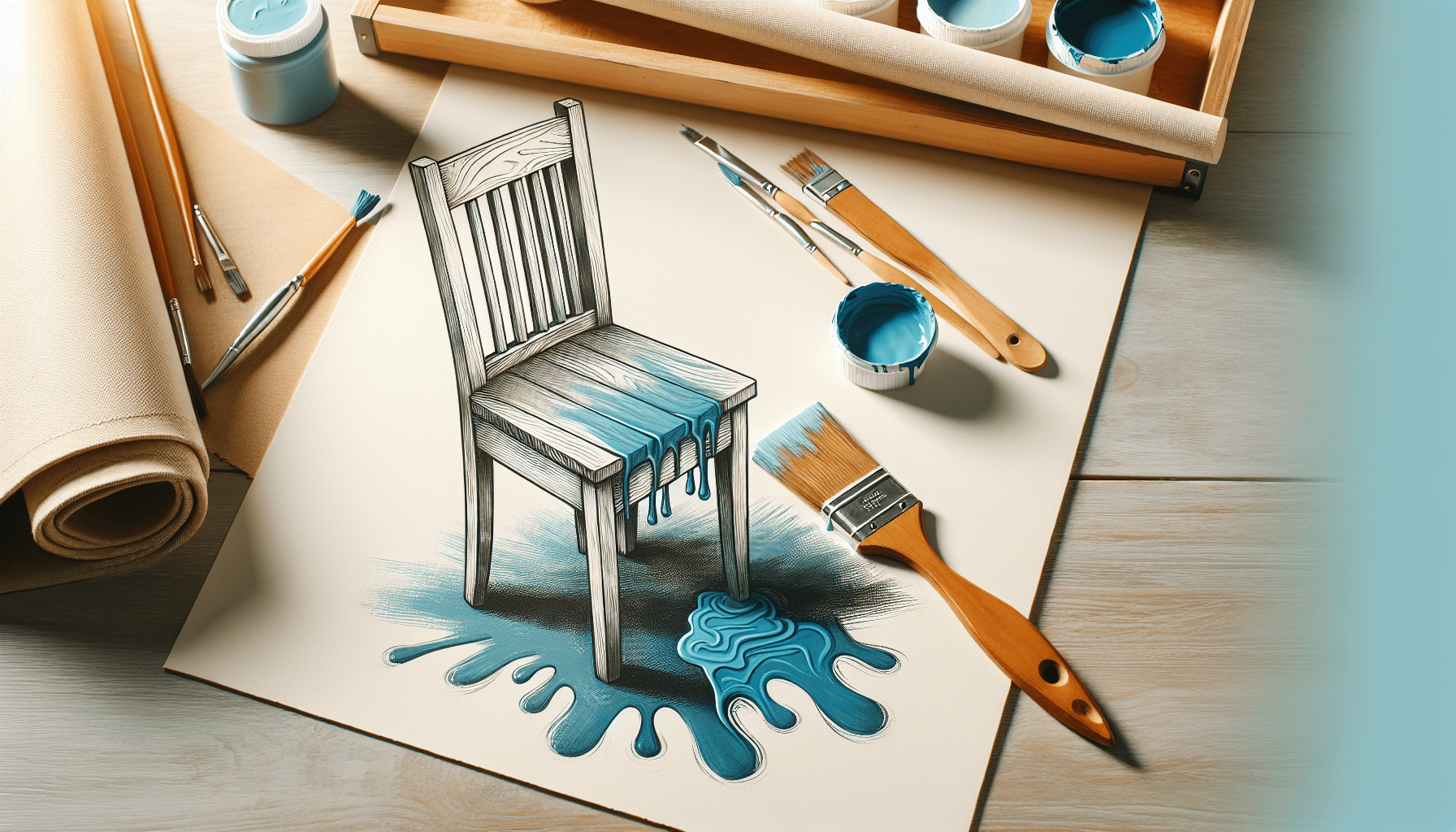Chalk paint has gained popularity in recent years due to its ability to transform furniture and other surfaces into a vintage, matte finish. However, one burning question remains: does chalk paint come off with water? This article sheds light on this inquiry, exploring the properties of chalk paint and providing insights on how to effectively remove it when necessary. Whether you’re a DIY enthusiast or a professional decorator, understanding the characteristics of chalk paint and its behavior with water is crucial for achieving the desired outcome in your projects.
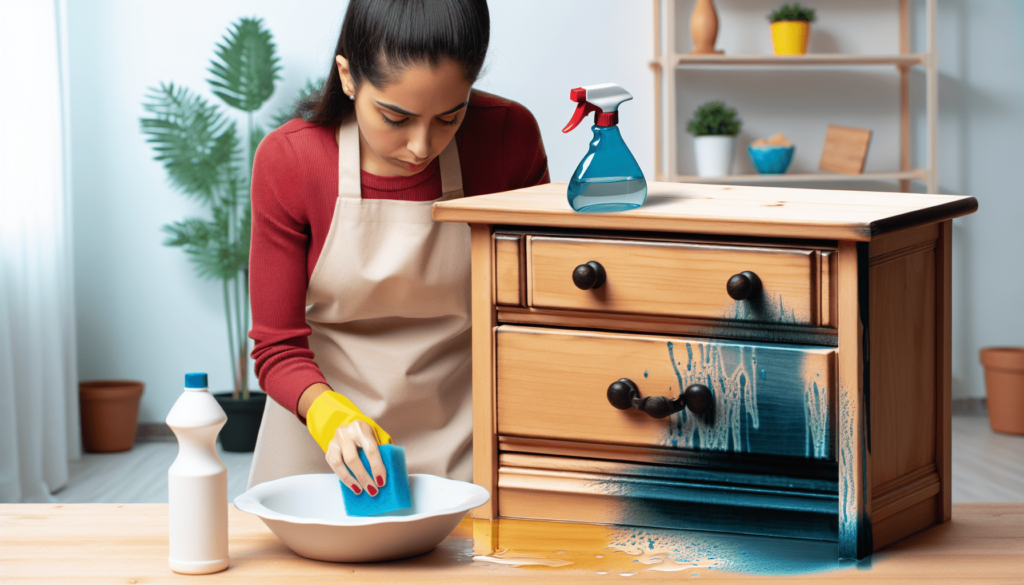
Water-Based vs. Oil-Based Chalk Paint
Chalk paint has become a popular choice in the world of furniture and decor, known for its matte and vintage finish. However, there are two main types of chalk paint – water-based and oil-based. Understanding the differences between these two types is essential for achieving the desired results in your painting projects.
Differences between water-based and oil-based chalk paint
Water-based chalk paint, as its name suggests, is primarily composed of water. It contains a water-soluble binder that allows it to be thinned or cleaned up easily with water. On the other hand, oil-based chalk paint contains oils such as linseed oil or mineral spirits as its base, which gives it a more durable and resistant finish.
One key difference between water-based and oil-based chalk paint is the drying time. Water-based chalk paint dries much faster, typically within 30 minutes to an hour, while oil-based chalk paint takes longer, usually around two to four hours. This makes water-based chalk paint more convenient for quick projects or multiple coats in a short timeframe.
Another difference lies in the appearance of the finished product. Water-based chalk paint tends to have a softer and smoother finish, whereas oil-based chalk paint produces a more textured and grainy surface. This distinction can impact the overall aesthetic you want to achieve in your furniture or decor.
Effects of water on water-based chalk paint
Water-based chalk paint is specifically formulated to be affected by water. This means that if water comes into contact with a surface painted with water-based chalk paint, there is a possibility for the paint to be disturbed, smudged, or even removed. While this can be problematic if you’re not careful, it also provides an advantage for those who prefer a more forgiving paint.
Effects of water on oil-based chalk paint
Compared to water-based chalk paint, oil-based chalk paint is more resistant to water. Once it dries and cures, it becomes water-resistant, making it suitable for surfaces that may come into regular contact with moisture or humidity. However, this also means that removing oil-based chalk paint with water can be challenging. Water alone may not be sufficient to dislodge or dissolve the paint, requiring alternative removal methods.
Factors Affecting the Removability of Chalk Paint with Water
When considering the use of water to remove chalk paint, several factors come into play, influencing the overall removability and effectiveness of the water-based method. These factors should be taken into account to ensure optimal results and avoid any potential damage to the painted surface.
Surface type
The type of surface you’re working with plays a significant role in the removability of chalk paint with water. Porous surfaces, such as unfinished wood or unsealed concrete, tend to absorb water more readily, potentially causing the paint to loosen and become easier to remove. Non-porous surfaces, like glass or metal, may require additional techniques or cleaning agents to effectively remove the paint.
Application method
The application method used when applying chalk paint can impact its adhesion and, subsequently, its removability with water. If the paint was applied in thin, even layers, it is generally more likely to be removable with water. However, thicker or uneven application may create a stronger bond between the paint and the surface, increasing the difficulty of removal.
Coverage and number of coats
The coverage and number of coats of chalk paint on a surface can affect how easily it can be removed. If the paint has been applied with a higher coverage or multiple coats, it may be more resistant to water penetration. The thickness of the paint layers can create a barrier that makes it harder for water to reach the underlying surface and effectively remove the paint.
Sealing or waxing the paint
Sealing or waxing chalk paint after application can significantly impact its removability with water. Sealants or waxes create a protective layer over the paint, making it less vulnerable to water damage or smudging. If the paint has been sealed properly, water may have a reduced effect on removing the paint, requiring alternative removal methods.
Testing Chalk Paint Removability with Water
Before proceeding with removing chalk paint with water, it is crucial to perform a patch test to assess its removability and potential impact on the painted surface. By conducting a patch test in an inconspicuous area, you can determine the effectiveness of water as a removal method and minimize the risk of causing damage.
Performing a patch test
To perform a patch test, apply a small amount of water onto an inconspicuous area of the painted surface. Gently rub the area with a cloth or sponge in a circular motion. Observe the paint’s reaction to the water, noting any changes in color, smudging, or paint removal. This test allows you to gauge how the water will interact with the paint and whether it will help in removing it effectively.
Observing water interaction with the paint
During the patch test and throughout the removal process, it is essential to pay close attention to how water interacts with the paint. Water-based chalk paint may start to soften or dissolve upon contact with water, while oil-based chalk paint may resist such effects. Note any changes in texture, color, or consistency of the paint, as this information will guide you in determining the most appropriate removal technique.
Evaluating paint removal outcome
After conducting the patch test and observing the water’s interaction with the chalk paint, evaluate the outcome to assess its removability. If the paint shows signs of loosening, smudging, or easily coming off with water, you can proceed with one of the recommended removal techniques. However, if the paint remains intact and unresponsive to water, alternative removal methods may be necessary.
Removal Techniques for Chalk Paint with Water
When it comes to removing chalk paint with water, several techniques can be employed to achieve the desired results. Care should be taken to select the most suitable technique based on the specific surface and the success of the patch test.
Using a damp cloth or sponge
One of the simplest and most common techniques for removing chalk paint with water is by using a damp cloth or sponge. Moisten the cloth or sponge with water and gently rub the painted surface in a circular motion. The water will help loosen the paint, allowing it to be wiped away. This method is particularly effective for water-based chalk paint or surfaces with a lower coverage and fewer coats.
Using a soft-bristle brush
For surfaces that are more textured or have intricate details, using a soft-bristle brush can aid in removing chalk paint with water. Dip the brush in water and apply gentle pressure while brushing the painted surface in a back-and-forth or circular motion. The bristles of the brush can reach into crevices and grooves, helping to dislodge the paint and facilitate its removal.
Spraying with water
In cases where the chalk paint covers a larger surface area, such as walls or large furniture pieces, using a spray bottle filled with water can be an effective removal technique. Spray a generous amount of water onto the painted surface and let it sit for a few minutes. This allows the water to penetrate the paint and soften it, making it easier to remove. Follow by using a cloth, sponge, or brush to wipe or scrub away the softened paint.
Using water and mild soap solution
For tougher stains or more stubborn paint, combining water with a mild soap solution can enhance the removability. Mix a small amount of mild soap, such as dish soap or hand soap, with water to create a gentle cleaning solution. Apply the solution to the painted surface and use a cloth, sponge, or brush to scrub away the paint. The soap helps break down the paint particles, aiding in its removal.
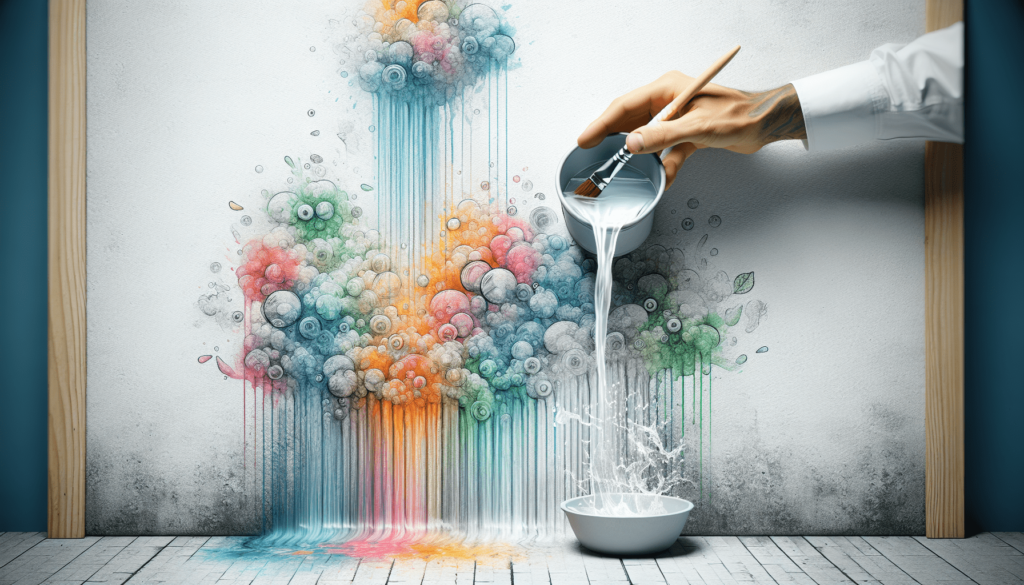
Precautions and Tips
While using water to remove chalk paint can be a relatively safe and straightforward approach, certain precautions should be taken to protect the painted surface and ensure successful paint removal.
Avoid excessive scrubbing or rubbing
When using water to remove chalk paint, it is crucial to avoid excessive scrubbing or rubbing, especially on delicate or sensitive surfaces. Vigorous scrubbing can result in damage to the underlying material, such as wood fibers or scratches on glass. Use gentle pressure and let the water do the work of softening the paint for easier removal.
Protect adjacent surfaces
When removing chalk paint with water, particularly if you’re using a spray bottle or brush, it’s important to protect adjacent surfaces that you do not want to expose to water. Cover nearby furniture, flooring, or objects with plastic sheets or towels to prevent water damage or accidental paint splatters.
Consider paint sealer or wax
To enhance the durability and resistance of chalk paint, it is recommended to apply a paint sealer or wax after the painting process. This step not only protects the paint from water damage but also minimizes the chances of accidental removal. Consider using a clear sealer or wax that is compatible with the type of chalk paint you have used.
Follow manufacturer’s instructions
Every brand of chalk paint may have specific recommendations or instructions for removal techniques. It is important to refer to the manufacturer’s guidelines, whether it is for applying the paint or removing it with water. Following these instructions ensures that you achieve the desired results without compromising the integrity of the painted surface.
Cleaning Chalk Painted Surfaces
Beyond the process of removing chalk paint, it is essential to understand how to properly clean chalk-painted surfaces to maintain their appearance and longevity. Depending on the level of dirt or staining, different cleaning methods can be employed.
General cleaning with water
For regular maintenance and general cleaning of chalk-painted surfaces, water alone is often sufficient. Dampen a cloth or sponge with water and gently wipe down the painted surface, paying attention to any specific areas that may require extra cleaning. Dry the surface thoroughly with a clean cloth to prevent water spots or streaks.
Using mild soap solution for tougher stains
In cases where the chalk-painted surface has accumulated stains or dirt that cannot be easily removed with water alone, combining water with a mild soap solution can provide a more effective cleaning method. Follow the same process as general cleaning, but this time use a mild soap solution instead of plain water. Ensure the soap is well-diluted to avoid any residue or buildup on the painted surface.
Removing stubborn marks with baking soda paste
For more stubborn marks or stains on chalk-painted surfaces, a mixture of baking soda and water can be used to create a gentle and slightly abrasive paste. Mix baking soda with a small amount of water to form a thick paste. Apply the paste onto the stained area and gently scrub with a soft cloth or sponge. Rinse the surface thoroughly with water and dry it to complete the cleaning process.
Drying and maintaining the painted surface
After cleaning chalk-painted surfaces, it is crucial to allow them to dry completely. Moisture or dampness can affect the paint’s appearance and may lead to mold or mildew growth on certain surfaces. Ensure proper ventilation or use fans to aid in the drying process. Once dry, maintain the painted surface by using coasters, trivets, or protective pads to prevent scratches or further damage.
Special Considerations for Chalk Painted Furniture
Chalk paint is commonly used to transform furniture, providing a vintage and distressed look. When working with chalk-painted furniture, a few additional considerations can help achieve the best results and ensure its longevity.
Sanding and priming before painting
Prior to applying chalk paint, it is recommended to prepare the furniture surface by sanding it lightly. This helps create a smoother texture for the paint to adhere to and increases its durability. Additionally, depending on the type of furniture and desired finish, using a primer before applying chalk paint can enhance its adhesion and prevent potential issues such as bleed-through or uneven color coverage.
Applying multiple coats for durability
To ensure the longevity and durability of chalk-painted furniture, applying multiple coats is often necessary. Each coat should be allowed to dry before applying the next one, following the manufacturer’s recommendations for drying time. Multiple coats not only create a more robust finish but also help achieve a more vibrant and consistent color.
Sealing or waxing the furniture
After the desired number of paint coats has been applied and dried, it is crucial to protect the chalk-painted furniture by applying a sealant or wax. This step adds an extra layer of durability, making the paint more resilient to water, stains, and general wear and tear. Choose a sealant or wax that is specifically designed for chalk paint, following the manufacturer’s instructions for application.
Protecting from extreme moisture or humidity
While chalk paint can handle regular exposure to moderate moisture, it is important to protect chalk-painted furniture from extreme humidity or prolonged contact with water. Excessive moisture can potentially affect the integrity of the paint, causing it to soften, bubble, or even peel. Avoid placing chalk-painted furniture in areas with high moisture levels, such as bathrooms or directly outside, without proper protection or sealing.
Removing Chalk Paint from Different Surfaces
Chalk paint can be applied to a variety of surfaces, including wood, metal, glass, fabric, or upholstery. Each surface may require specific techniques or considerations when removing chalk paint with water.
Wood
Wood surfaces are common candidates for chalk paint, and water is generally effective in removing chalk paint from wood. Depending on the finish or level of absorption of the wood, water may penetrate more easily and facilitate paint removal. Consider using a damp cloth or sponge and gentle rubbing to remove the chalk paint. Be cautious if the wood has not been sealed or is porous, as excessive water can cause damage.
Metal
While removing chalk paint from metal surfaces with water is possible, it may be slightly more challenging due to the non-porous nature of metal. Start by using a damp cloth or sponge to rub the chalk paint gently. If the paint proves stubborn, consider using a soft-bristle brush or a mild soap solution to aid in its removal. Take care not to scratch or damage the metal surface while removing the paint.
Glass
Chalk paint on glass surfaces can be successfully removed with water, given the glass is not coated or treated with a protective layer. Begin by spraying the painted glass surface with water or applying a damp cloth or sponge to soften the paint. Gently rub the area in a circular motion until the paint starts to lift off. Ensure proper ventilation if using a spray bottle to prevent excess moisture on surrounding areas.
Fabric or upholstery
While chalk paint is not typically designed for fabric or upholstery, accidents can happen. Removing chalk paint from fabric or upholstery with water is often challenging, as the porous nature of textiles can absorb the paint quickly. In such cases, it is recommended to consult a professional cleaner who specializes in fabric restoration. Attempting to remove the paint yourself may result in permanent damage to the fabric.
Alternatives to Water for Removing Chalk Paint
While water is commonly used for removing chalk paint, there are instances where it may not yield satisfactory results, particularly with oil-based chalk paint. In such situations, alternative methods can be explored to effectively remove the paint.
Using denatured alcohol
Denatured alcohol can be an effective alternative to water for removing chalk paint, especially when dealing with oil-based varieties. Apply the denatured alcohol to a cloth or sponge and gently rub the painted surface. This method works by dissolving the paint molecules, making it easier to remove. Be sure to follow proper safety precautions and ventilation when working with denatured alcohol.
Using paint stripper or remover
In cases where neither water nor denatured alcohol produces the desired results, commercial paint strippers or removers can be considered. These products are specifically formulated to break down and remove various types of paint, including chalk paint, from different surfaces. It is essential to carefully follow the manufacturer’s instructions, use proper safety equipment, and work in a well-ventilated area when using paint strippers or removers.
Conclusion
In conclusion, water can be an effective method for removing chalk paint, particularly when dealing with water-based varieties. Understanding the differences between water-based and oil-based chalk paint, as well as the factors affecting the removability of chalk paint with water, is essential for achieving optimal results. By performing patch tests, observing water interaction, and evaluating outcomes, you can determine the most suitable methods for removing chalk paint with water. Additionally, following precautions, considering alternative removal techniques when necessary, and properly cleaning and maintaining chalk-painted surfaces will ensure long-lasting and beautiful results.
